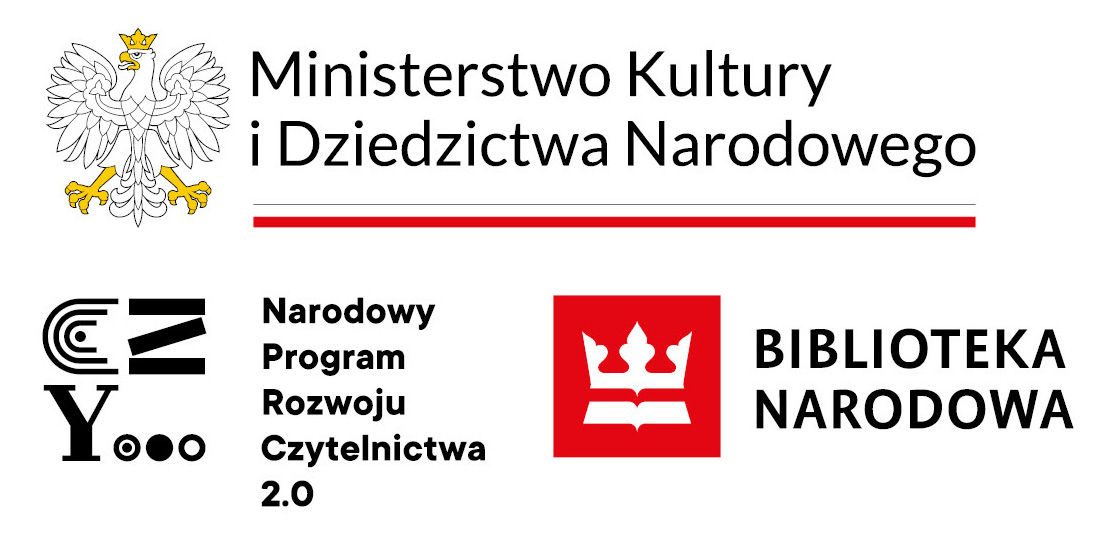PN – Polish Standard,
prPN – draft of the Polish Standard,
PKN – Polish Standardization Document other than a standard,
PN-CISPR - Polish Standards implementing CISPR international standards,
PN-CR - Polish Standards implementing CEN report,
PN-CR ISO - Polish Standards implementing ISO report adopted by CEN,
PN-EN - Polish Standards implementing European EN standards,
PN-EN ISO - Polish Standards implementing European standards that are an implementation of ISO international standards, PN-EN ISO/IEC - Polish Standards implementing European standards that are an implementation of ISO/IEC international standards,
PN-EN ISP - Polish Standards implementing European EN ISP standards,
PN-ENV - Polish Standards implementing European prestandards EN,
PN-ENV ISO - Polish Standards implementing European prestandards that are an implementation of ISO international standards,
PN-ETS - Polish Standards implementing European ETS standards,
PN-ETSI EN - Polish Standards implementing European ETSI EN standards,
PN-HD - Polish Standards implementing CEN or CENELEC harmonization documents,
PN-IEC - Polish Standards implementing international IEC standards,
PN-IEC TS - Polish Standards implementing IEC technical specifications,
PN-ISO - Polish Standards implementing international ISO standards,
PN-ISO/IEC - Polish Standards implementing international ISO/IEC standards,
PN-ISO/IEC ISP - Polish Standards implementing international ISO/IEC ISP standards,
PN-…/A-…to PN-…/Z-… - standards known as "country standrads" with a numbering system used until the end of 1993, PN-A-… to PN-Z-… - standards known as "country standards" with a numbering system used from the beginning of 1994.
In addition to these fundamental designations of normative documents, there are also abbreviations and symbols related to the introduction of changes, amendments, and supplements published as separate updating sheets for a given document:
- /A – change to the standard published as a separate sheet,
- /Ak – national sheet to PN-EN, PN-EN ISO, PN-ISO, or PN-IEC,
- /Ad – supplement to the standard published as a separate sheet,
- /Ap – national correction to PN published as a separate sheet,
- /AC – correction to the standard published as a separate sheet,
- /Az – national change to PN published as a separate sheet.
Abbreviations related to comparing a given standard with other standards:
- IDT – identical standard, fully consistent in substance and formally with the compared standard,
- EQV – equivalent standard, fully consistent in substance but differing formally from the compared standard,
- MOD – modified standard, completely inconsistent both in substance and formally with the compared standard.
DICTIONARY OF STANDARDIZATION ACRONYMS PKN - Polish and English acronyms related to standardization (including stages of standardization work, published documents, entities participating in processes related to standardization).
